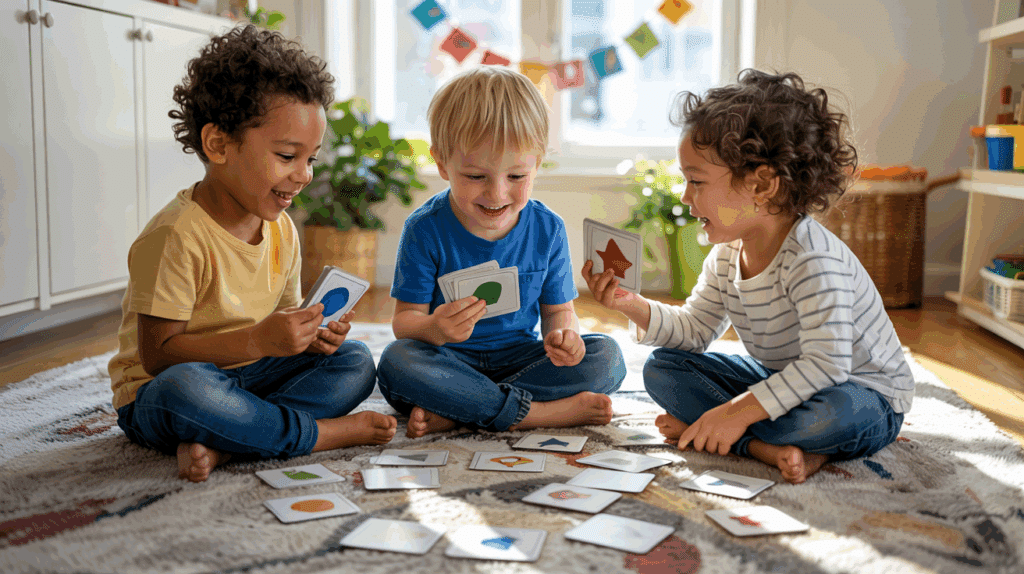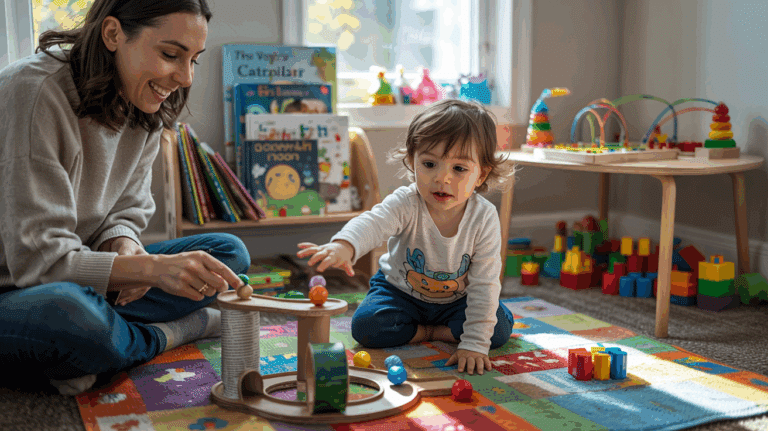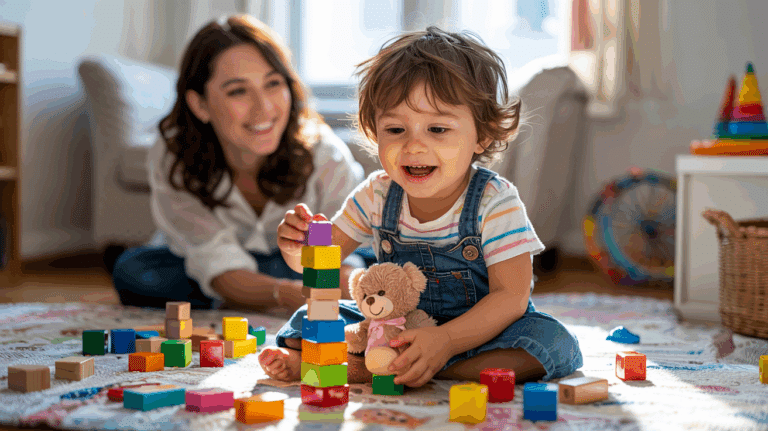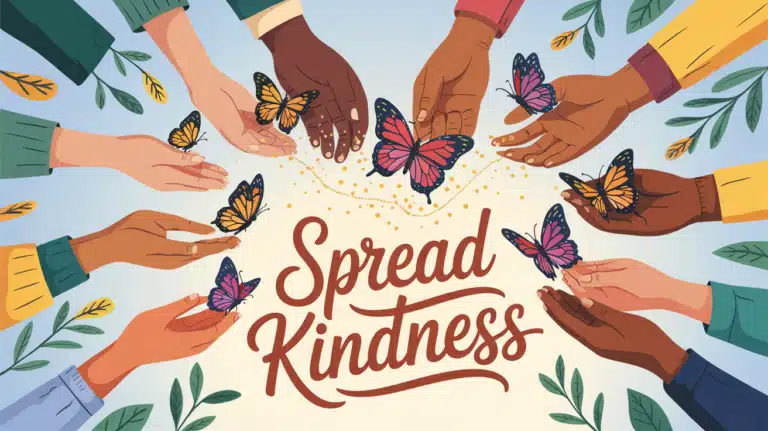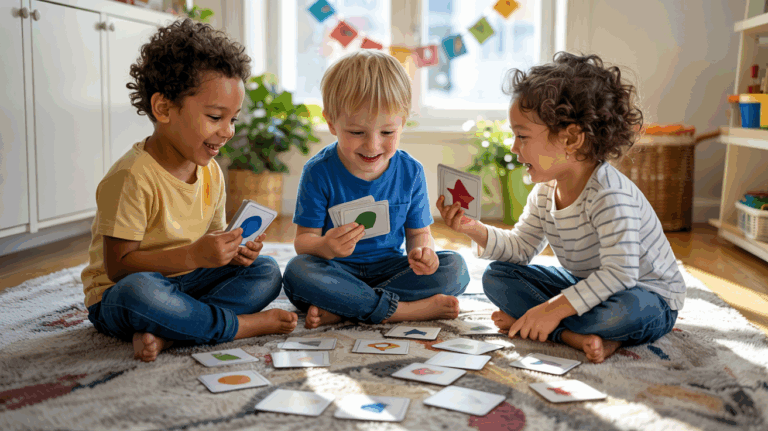Kids need practice to build strong problem-solving skills. Most children struggle with finding solutions when faced with tough situations.
Parents often worry that their kids will fall behind without these key thinking abilities that help them in school, friendships, and later in life.
However, you can help your child learn to think critically without boring worksheets or lessons.
These problem solving games for kids make learning fun while building essential brain connections. Kids won’t even notice they’re gaining valuable skills as they play, laugh, and learn through experimentation.
These simple games change challenges into opportunities for growth, positioning them for success in everything they do.
How Problem Solving Games for Kids Shape Young Minds
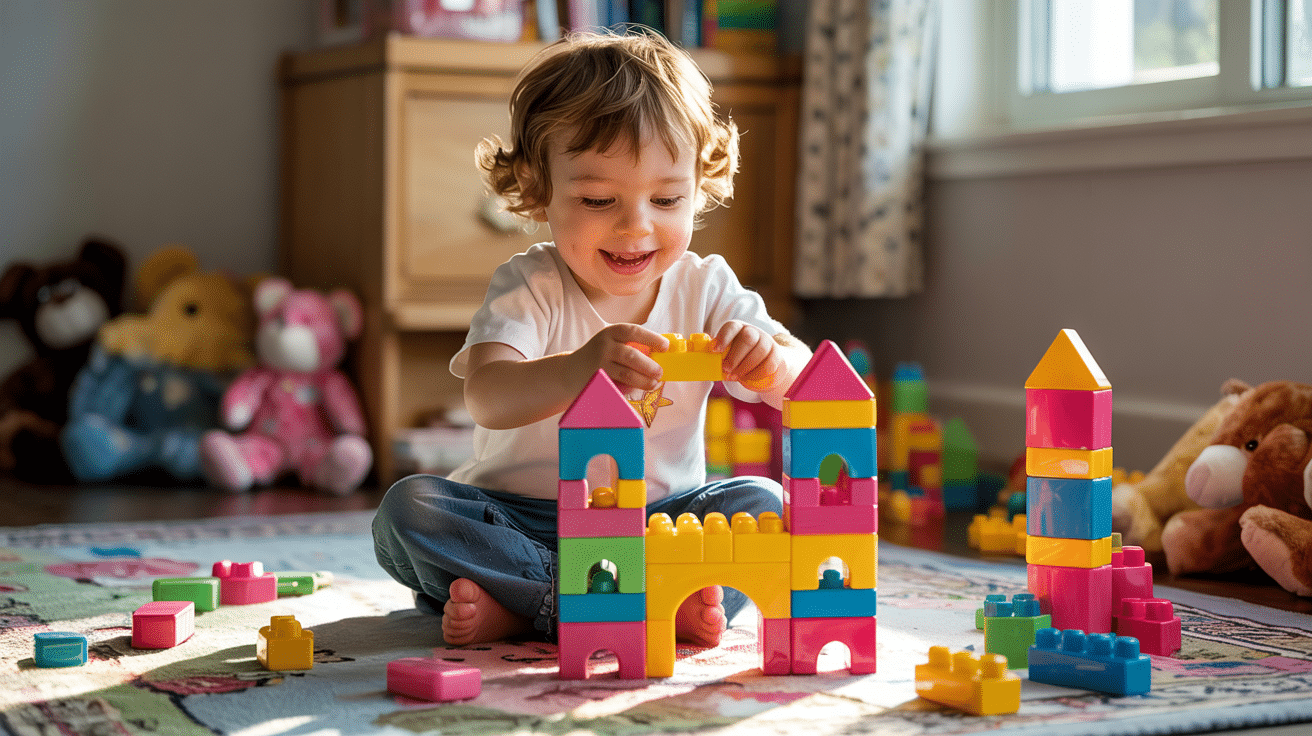
Problem solving games for kids help them develop into strong, self-reliant individuals. When children learn to fix issues on their own, they gain confidence with each success.
These skills push kids to think deeply and come up with new ideas. They learn to look at facts, weigh options, and make smart choices based on what they know.
Many problem-solving games require talking and working with others. Kids learn to share ideas, listen, and find answers together.
Most importantly, these skills prepare children for real life. From homework troubles to friend conflicts, kids who can solve problems handle life’s bumps better. This gives them an edge in school, future jobs, and personal growth.
Problem Solving Games for Kids That Make Learning Fun
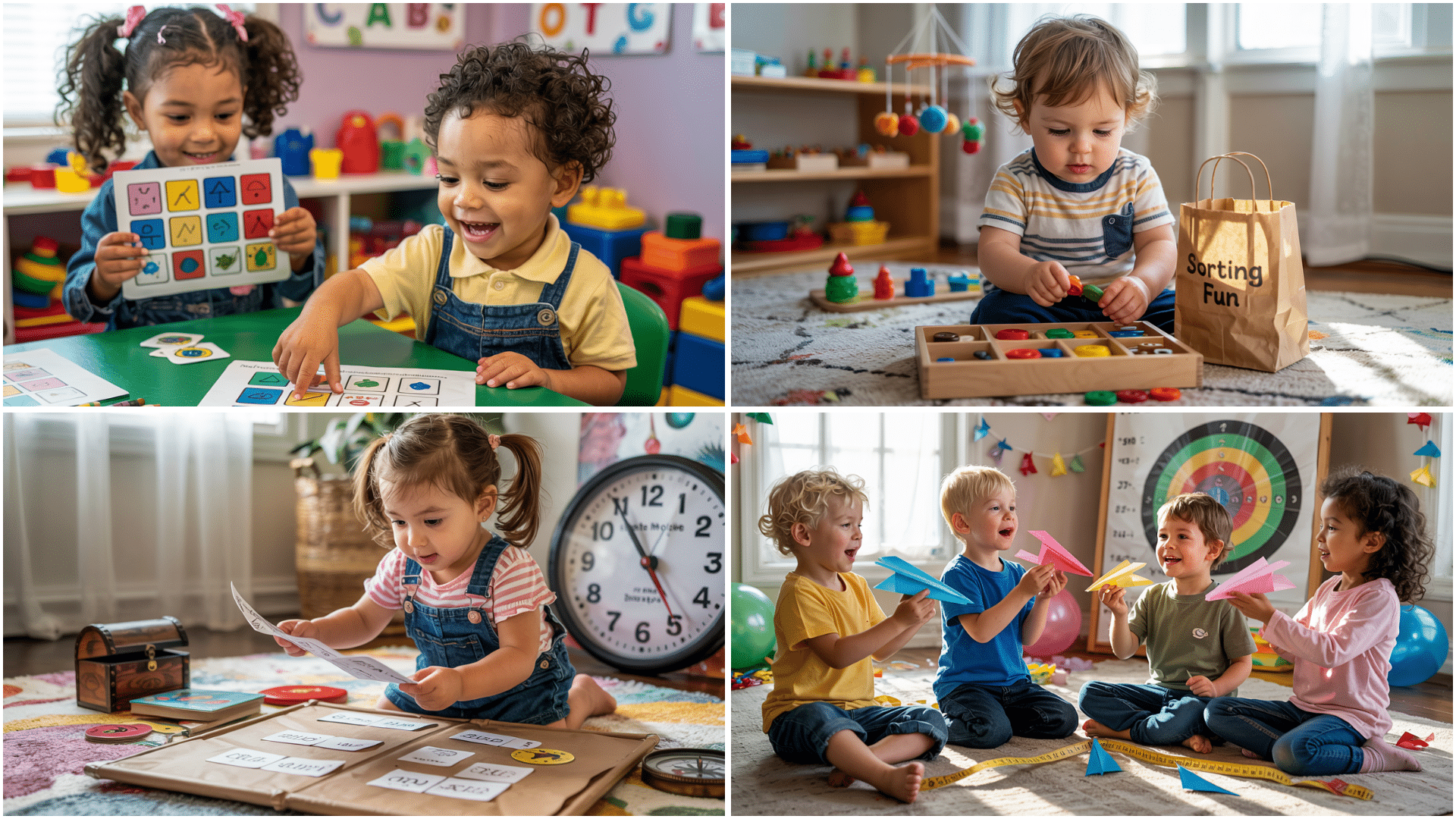
Now let’s look at some interesting problem solving games for kids that build these important skills while keeping kids smiling.
These activities mix fun with learning in ways children won’t resist. You’ll find options for different ages, group sizes, and skill levels that you can start using today.
1. Escape the Puzzle Room
Kids must solve a series of hidden clues to “escape” a locked room setup. Working together, they’ll have to piece together each puzzle to unlock the next clue, racing against the clock to “escape” before time runs out.
This game fosters teamwork, sharpens observation skills, and challenges kids to think critically and logically as they work through each riddle and puzzle.
- Materials Needed: Paper clues, small props, locks (optional)
- How to Play: Hide clues around the room with puzzles leading to the next. Players must solve them in sequence to “escape” in time.
- Age limit: 2–4 years
2. The Bridge Builder Challenge
Children are tasked with building a bridge using only limited materials, challenging them to think creatively and practically. The goal is to design a structure that can support a small object, such as a toy car or a coin.
As kids experiment with different building techniques, they’ll learn the value of trial and error, enhance their engineering skills, and develop a sense of persistence.
- Materials Needed: Straws, tape, string, toy cars, or coins.
- How to Play: Kids must build a freestanding bridge using only the provided materials and test it for strength.
- Age limit: 3–5 years
3. Mystery Bag Sort
Players receive bags with random items and must figure out the sorting category. By using their creative thinking and problem-solving skills, they’ll learn to identify patterns and develop stronger organizational and categorization abilities.
- Materials Needed: Paper bags, assorted objects (buttons, paper clips, etc.)
- How to Play: Each child opens their bag and determines the hidden sorting rule based on the items.
- Age limit: 1–3 years
4. Code the Robot
One child acts as a robot, and others give verbal instructions to guide them through an obstacle. It develops sequencing, communication, and logic.
- Materials Needed: Blindfold, cones, or soft obstacles
- How to Play: The “robot” is blindfolded and must follow step-by-step commands to navigate through a course.
- Age limit: 2–4 years
5. Pattern Hunt
Kids set out on a pattern-finding experience, searching the room for hidden pattern clues. They must complete the patterns using stickers or markers on a worksheet, honing their ability to identify sequences and make logical deductions.
This activity helps children strengthen their attention to detail, reasoning skills, and ability to recognize visual patterns.
- Materials Needed: Pattern cards, stickers, or markers
- How to Play: Hide pattern clues and have kids find and complete them in a booklet or worksheet.
- Age limit: 3–5 years
6. Balloon Tower
Teams are tasked with building the tallest tower they can using only balloons and tape. This game encourages creativity, collaboration, and problem-solving as children work together to design a stable structure.
- Materials Needed: Balloons, masking tape
- How to Play: In teams, kids create the tallest balloon structure that can stand for 10 seconds.
- Age limit: 1–3 years
7. Riddle Relay
In a relay-style race, kids must solve a riddle at each checkpoint before continuing to the next station. This fast-paced game promotes critical thinking, quick problem-solving, and teamwork as children work together to decipher the clues.
- Materials Needed: Printed riddles, clue cards, checkpoint signs
- How to Play: Divide kids into teams. They must solve a riddle before running to the next station.
- Age limit: 2–4 years
8. Logic Grid Puzzles
Children are presented with a grid puzzle filled with clues that they must use to figure out the correct answers. By eliminating possibilities and using reasoning, kids will strengthen their patience and strategic thinking.
This game offers a fun challenge while helping children improve their logic and critical thinking skills in a collaborative environment.
- Materials Needed: Printable logic grid puzzles, pencils
- How to Play: Provide logic puzzles where kids use elimination and clues to fill in the correct answers.
- Age limit: 1–3 years
9. Invent a Toy
With a variety of craft materials at their disposal, children must invent a functional toy. This activity fosters creativity, innovation, and planning as kids use their imaginations to create something entirely new.
- Materials Needed: Pipe cleaners, cardboard, tape, googly eyes, glue
- How to Play: Kids choose a purpose for a toy and invent something new from scratch using materials.
- Age limit: 2–4 years
10. Math Treasure Hunt
In this math-themed treasure hunt, children solve math-based clues that lead them to hidden treasures around the room.
This game strengthens math skills, promotes logical thinking, and enhances perseverance as kids work together to unravel the clues and claim their treasure.
- Materials Needed: Index cards, calculator, treasure prize
- How to Play: Create a series of math problems with each solution leading to the next clue’s location.
- Age limit: 1–3 years
11. The Floor is Lava
Kids must use pillows, mats, and other objects to create a safe path across the “lava” without touching the floor. This game challenges spatial reasoning and creativity as children design a route that avoids the dangerous “lava.” As they collaborate and problem-solve, they’ll develop a better understanding of risk evaluation and teamwork.
- Materials Needed: Pillows, mats, boxes
- How to Play: Scatter items around the floor. Kids must cross using only these items without touching the floor.
- Age limit: 2–4 years
12. Mystery Build
In this creative building challenge, kids are given random materials and tasked with constructing something useful. This activity promotes creative thinking as children find how to repurpose everyday objects into something new.
- Materials Needed: Random craft supplies (toilet rolls, tape, foil)
- How to Play: Give kids a goal (build a vehicle) and let them use provided materials creatively.
- Age limit: 3–5 years
13. Decode the Message
Children use a simple cipher or code key to crack hidden messages. By deciphering symbols and patterns, they will amplify their problem-solving, logic, and attention to detail.
- Materials Needed: Code key, message cards
- How to Play: Write a message in simple symbols and let kids decode it using a legend or cipher.
- Age limit: 1–3 years
14. Shadow Matching
In this visual discrimination game, children match objects with their corresponding shadows. This activity helps improve their observation skills and attention to detail as they visually analyze shapes and relationships.
- Materials Needed: Shadow cards, object cutouts
- How to Play: Mix up shadow cards and objects. Kids must correctly match each object to its silhouette.
- Age limit: 2–4 years
15. Paper Airplane Competition
Kids design and test their own paper airplanes to see which one can fly the farthest or most accurately.
This game promotes experimentation, modification, and an understanding of aerodynamics as children test their designs. They’ll improve their engineering and problem-solving abilities while having fun in a competitive setting.
- Materials Needed: Paper, measuring tape, target poster
- How to Play: Kids make and test different airplane designs to see which flies farthest or most accurately.
- Age limit: 3–5 years
16. Find the Impostor
In this activity, kids must identify the odd one out among a group of similar items or facts. By using their reasoning skills, they’ll enhance their ability to compare and analyze details.
- Materials Needed: Printed sets of images or facts
- How to Play: Present sets with one item that doesn’t fit. Kids discuss and explain their reasoning.
- Age limit: 1–3 years
17. Tangram Challenges
Children use a set of tangram pieces to recreate shapes or invent their own designs. This game helps build spatial logic, geometry understanding, and creativity as kids learn how different shapes fit together.
- Materials Needed: Tangram puzzle sets
- How to Play: Show a tangram silhouette. Kids use the pieces to recreate it or invent their own designs.
- Age limit: 2–4 years
18. Mystery Recipe
In this cooking-inspired challenge, children are given a mystery box of ingredients and must guess what dish they can create from the items provided.
This game promotes collaboration, creative thinking, and deduction as kids brainstorm and work together to prepare their dish.
- Materials Needed: Safe ingredients, recipe cards, bowls
- How to Play: Reveal ingredients and let kids brainstorm what dish they could make—then create it together.
- Age limit: 3–5 years
19. Mirror Drawing
One child describes an image while the other draws it without seeing it, promoting active listening, communication, and abstract thinking.
This game challenges children to interpret instructions and think creatively while honing their visual-spatial skills.
- Materials Needed: Paper, pencils, simple drawings
- How to Play: One child looks at a drawing and describes it. The other child tries to draw it without seeing it.
- Age limit: 1–3 years
20. Puzzle Swap
Kids work in groups with puzzles that are missing pieces, and they must trade pieces with other groups to complete their puzzle.
This activity promotes collaboration, negotiation, and sharing as children solve problems together.
- Materials Needed: Incomplete puzzles (mix sets ahead of time)
- How to Play: Kids must talk to other groups to trade and complete their own puzzle first.
- Age limit: 3–5 years
21. Tower of Cups
Children use string and rubber bands to stack plastic cups into a pyramid shape without touching them.
This challenge requires teamwork, coordination, and fine motor skills as kids work together to carefully lift and position the cups.
- Materials Needed: Plastic cups, string, rubber bands
- How to Play: Kids pull on the string ends connected to a rubber band to lift and place cups into a pyramid.
- Age limit: 1–3 years
22. Who Took the Cookie?
In this clue-based mystery game, children must deduce who took the cookie by eliminating suspects using logical reasoning.
Through careful analysis of the clues, they’ll strengthen their sequencing, deduction, and narrative reasoning skills.
- Materials Needed: Clue cards, toy cookies
- How to Play: Kids receive clues about who did or didn’t take the cookie and eliminate suspects to solve it.
- Age limit: 2–4 years
23. Budget the Party
In this game, children plan a party within a set budget, using fake money to choose items from a price list.
This activity teaches prioritization, math skills, and strategic thinking as kids decide how to allocate their funds while staying under budget.
- Materials Needed: Fake money, price list, party supply cutouts
- How to Play: Provide a budget and a list of items. Kids must choose items while staying under budget.
- Age limit: 3–5 years
24. Water Transfer Race
In this timed race, children must transfer water from one bucket to another using only sponges.
This game promotes coordination, efficiency, and strategic thinking as kids work together to complete the task in the shortest amount of time.
- Materials Needed: Buckets, sponges
- How to Play: Set up two buckets, one filled with water and the other empty.
- Age limit: 1–3 years
25. Fix the Town
Children are tasked with fixing or improving a broken model town using toy buildings, road mats, and repair materials.
This game encourages systems thinking, creativity, and collaboration as kids work together to redesign and improve the town’s layout.
- Materials Needed: Toy buildings, road mats, repair materials
- How to Play: Kids inspect the model town and collaborate on redesigns, repairs, or new layouts.
- Age limit: 2–4 years
26. Chain Reaction
Kids create a Rube Goldberg machine using a variety of materials to complete a simple task, such as popping a balloon.
This activity teaches sequencing, cause-and-effect relationships, and innovative thinking. Children will work together to design and test their machines, improving their understanding of engineering and creativity.
- Materials Needed: Dominoes, marbles, ramps, cardboard
- How to Play: Kids set up a series of steps that lead to one final goal, like popping a balloon.
- Age limit: 3–5 years
27. Lost in the Jungle
In this survival-themed game, children must work together to strategize how to get rescued from the jungle by solving clues and choosing essential items.
This game encourages resourcefulness, decision-making, and creative problem-solving as they work together to survive and signal for help.
- Materials Needed: Props like ropes, toy food, “maps”
- How to Play: Create a jungle scenario. Kids must pick items, solve clues, and explain how they’d survive or signal help.
- Age limit: 1–3 years
Smart Ways to Teach Kids Problem-Solving Skills
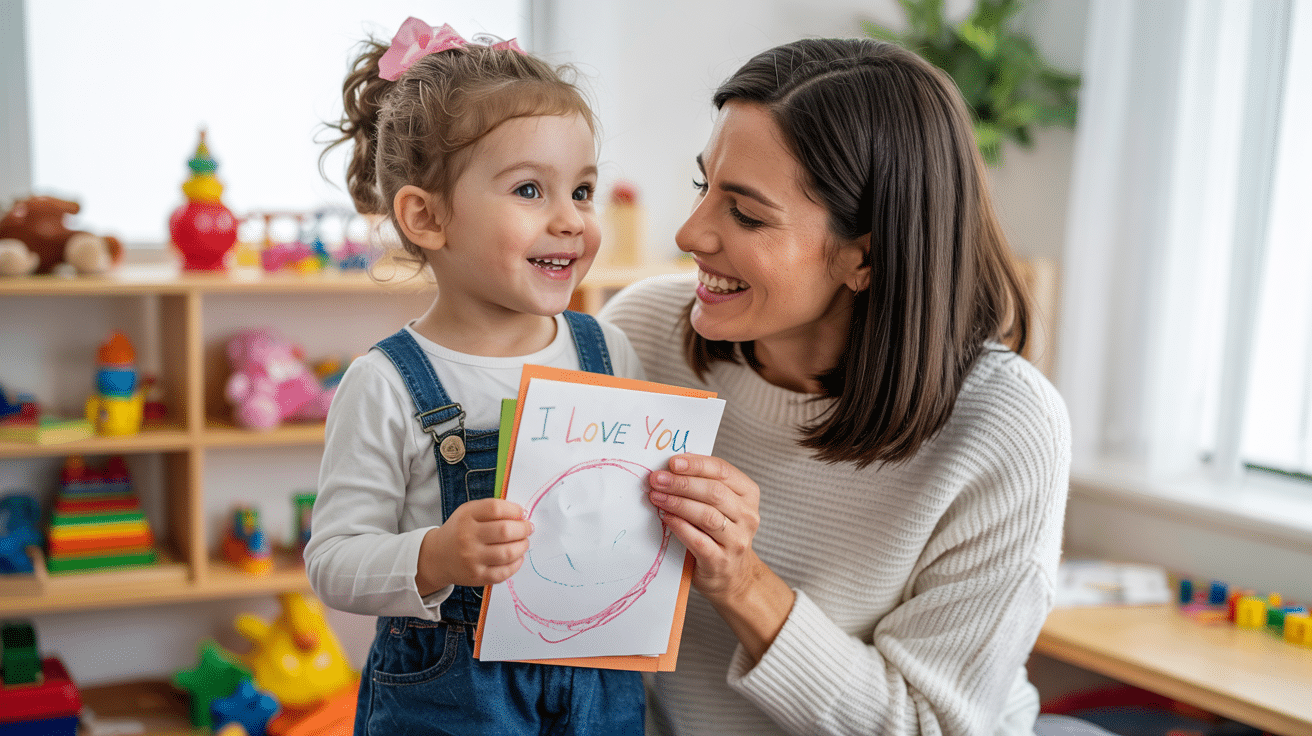
Games are not only fun but also an effective way to build thinking skills in children. While playing games, kids can develop problem-solving abilities. To make the most out of these games, there are simple tips to engage kids and keep them motivated.
Whether at home or school, these easy problem solving games for kids don’t require special tools, just creativity and consistency:
-
Welcome questions when kids ask “why” or “how.” This grows their natural wish to learn and understand.
-
Give kids time to work through tough spots before stepping in. Small struggles build mental muscles.
-
Show children how to list many possible answers before picking one. This builds flexible thinking.
-
Help kids split big tasks into smaller, easier parts they can handle one by one.
-
Add puzzles and games to family time. These fun activities build thinking skills naturally.
-
Focus praise on their effort and methods, not just right answers.
-
Create team tasks that require different ideas to solve.
-
Show kids that mistakes help us learn by sharing minor errors and the fixes you made.
Wrapping Up
Problem solving games for kids provide them with skills they’ll use throughout their entire lives.
Feel free to change these games to match what your child likes or needs. Make math games for kids who love numbers, or outdoor versions for active children.
Remember that the real win isn’t finding the right answer every time. The true value comes from how children think through challenges and try different approaches.
We’ve seen why problem-solving matters, how to teach these skills daily, and games that make learning feel like play. These simple activities build brains while creating happy memories.
What game from our list will you try first? Have you played any that worked well with your kids? Share your experiences or suggest new games in the comments to help other parents and teachers!


